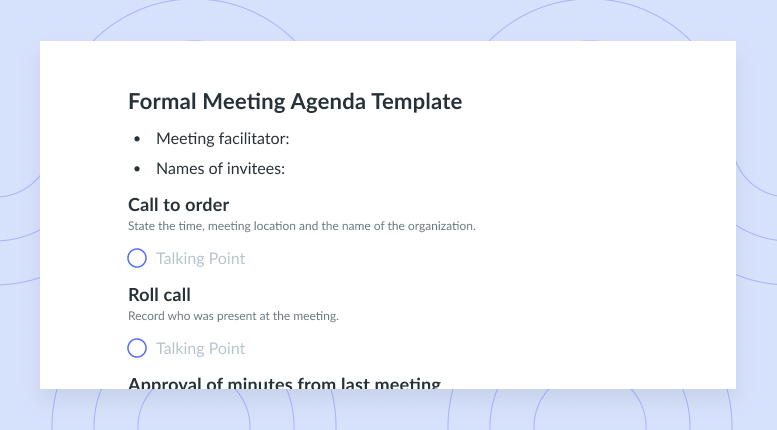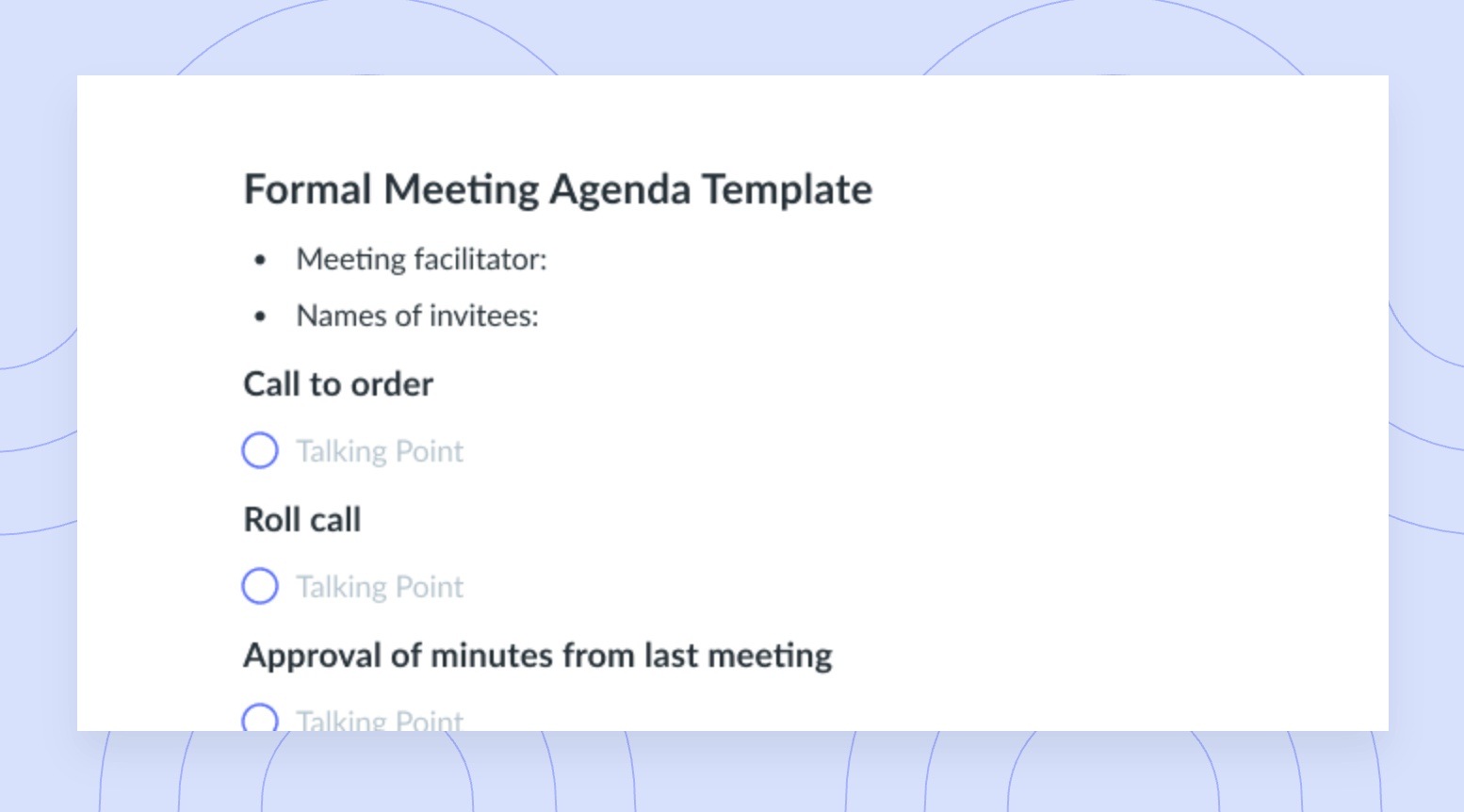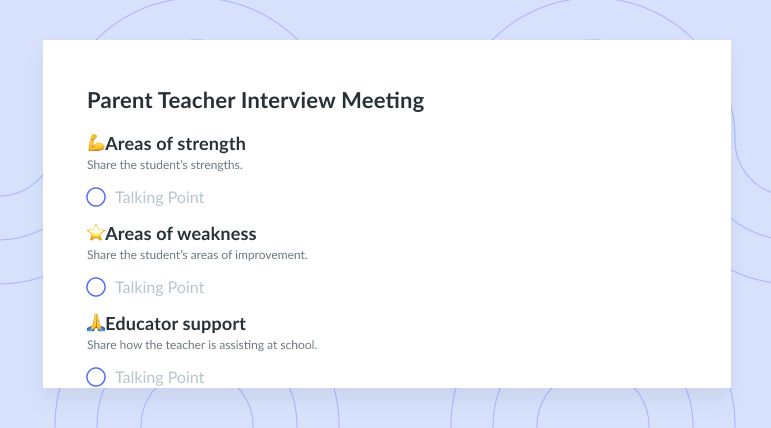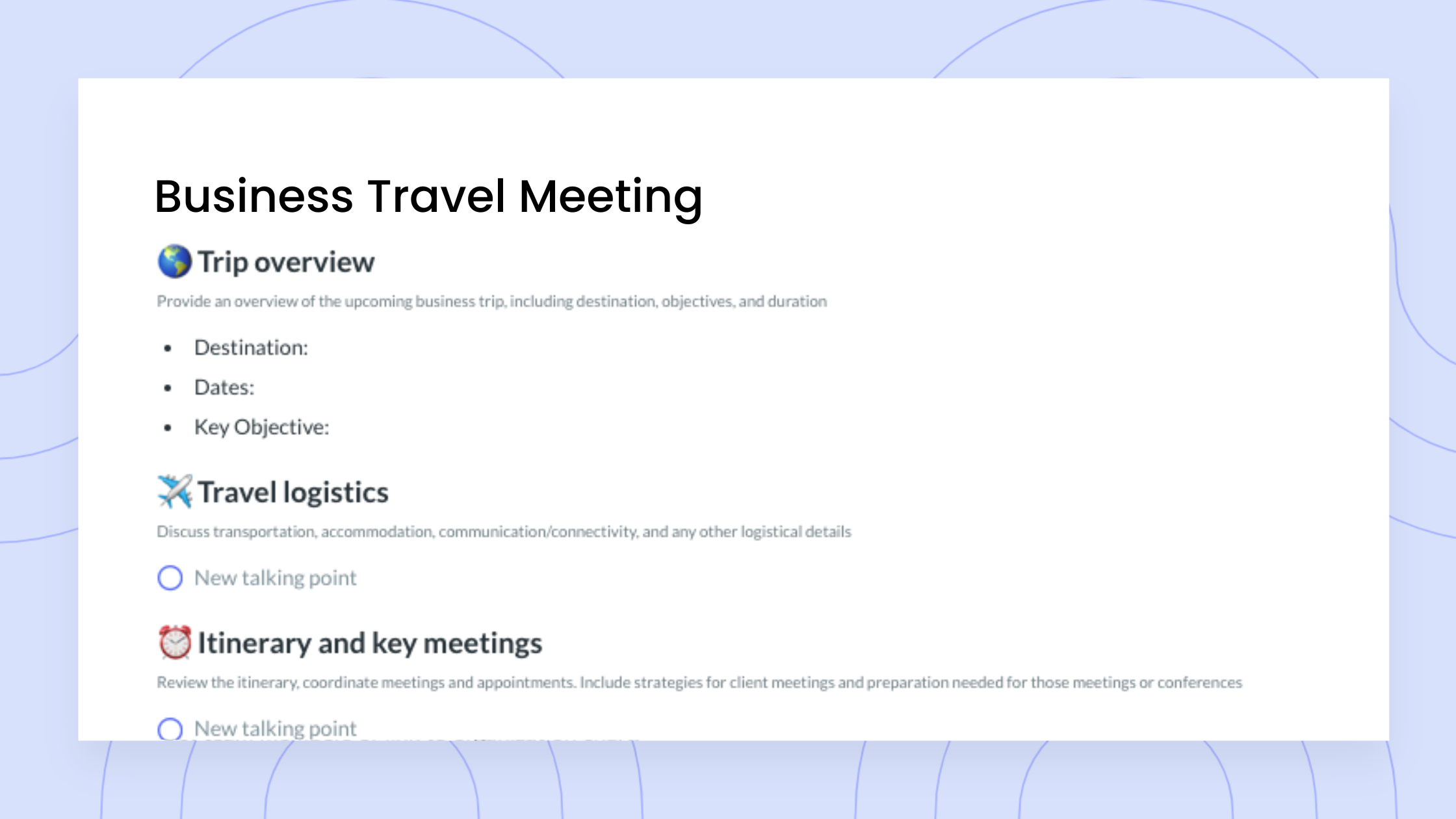Zoom Meeting Etiquette: Do’s and Don’ts of Video Calls
As working from home continues, it’s in your best interests to brush up on your Zoom meeting etiquette. Check out this comprehensive list of the 10 do’s and don’ts of video calls and how Fellow can help make all video calls as productive as possible.
As the corporate world shifts and evolves, it’s crucial that your organization is ready for the next big thing.
Right now, working from home and remote work is more common than ever, and with that comes meeting with our teams and various departments on video calls. If you’re new to the concept, whether you call it a virtual meeting, a video call, or anything in between, a virtual meeting is when your team or various employees gather virtually using video conferencing software, like Zoom or Skype. These tools make it easy for your team to communicate with each other from anywhere in the world.
Just like meeting in person, there’s a right way and a not so right way to meet virtually. Thankfully, Fellow is here to break it all down so you don’t miss the mark.
- The importance of video meeting etiquette in a virtual world
- 10 tips for nailing online video conference etiquette
The importance of video meeting etiquette in a virtual world
As society moves toward embracing remote work, it’s more important than ever to adopt a new kind of etiquette geared toward virtual meetings.
While the majority of us have been in meetings before, how you behave over video will look a little different than when you were sitting in a boardroom. Keeping up with proper etiquette will ensure businesses of all shapes and sizes stay on track and continue to be just as productive as you would be if you were meeting in person.
To do so, you have to be willing to learn the basics of video and remote meeting etiquette, so that collaboration and teamwork don’t fall by the wayside.
10 tips for nailing online video conference etiquette
If you’re using a virtual meeting software, check out these tips to ensure your behavior from start to finish is appropriate.
- Only invite people who need to be there
- Make time for introductions
- Mute yourself when you’re not speaking
- Look directly into the camera, not at yourself
- Get the lighting right
- Address tech issues before the meeting
- Eliminate distractions and focus on the agenda
- Bring all voices into the conversation
- Record decisions and next steps
- End the meeting on a positive note
1 Only invite people who need to be there
A good way to stay on track and ensure your team doesn’t succumb to the dreaded Zoom fatigue is to only invite members of your team to the Zoom call who have to be there. When your invite list is a mile long, and you’re inviting coworkers who don’t need to be involved in the discussion or decision, it can cause the meeting to go off the rails.
Be sure to limit the list of attendees to keep the meeting streamlined. And, if you were sent a video meeting invite that you think you actually don’t need to attend — speak up! There’s a chance you were added on accident or as a “just to be safe” add. As Charlie Gilkey, author of Start Finishing recommended during our #ManagerChats on Productivity:
“Limit the number of people at the meeting. After about 5 people in the meeting, it switches from focused work, problem-solving, and planning, to updates and discussion. For each person at the meeting, consider why they *don’t* need to be there.”
Don’t be afraid to click Decline and simply request a summary of the agenda afterward.
2 Make time for introductions and team bonding at the beginning of the call
Once everyone who was invited has joined the meeting, it’s common to have introductions, especially if people from various teams are coming together for the first time. Something as simple as your name, role, and department would suffice as a way to ensure no one feels like a stranger.
If you feel like introductions aren’t necessary, use this time for some team bonding. Whether it’s simply asking what everyone did over the weekend, if they have exciting plans for the upcoming weekend, or even playing a short game. Having this team bonding at the beginning of the Zoom call can get everyone loosened up and comfortable with discussing the agenda moving forward.
3 Mute yourself when you’re not speaking
One of the most commonly asked questions on a video call is: Can everyone hear me?
There are times when you want to be heard, and times you don’t. Because of this, it’s crucial that you mute your microphone when it’s not your turn to add to the conversation. This can not only help to eliminate background noise, but also if you happen to sneeze or cough, no one is the wiser.
When you are the one speaking, and your microphone is turned on, be sure to mute all distractions, like incoming notifications on your computer or smartphone. You’ll also want to avoid making unwanted noise, like cracking your knuckles or shuffling papers.
4 Look directly into the camera, not at yourself
When using video conferencing software like Zoom and Skype, it’s easy to fall into the trap of staring at yourself on camera. Maybe you’re fixing your hair or adjusting your outfit. While you may think nothing of it, it’s important that when in a Zoom meeting, you make eye contact with the camera and avoid looking at yourself. If you’re using a webcam, position your camera at the top of your computer, be sure to place it at eye level.
Whether you’re the meeting host or an attendee, if you’re looking at yourself on the screen while you’re talking, it will come across as if you’re looking elsewhere. Having direct eye contact with the camera while you’re speaking or presenting gives all other attendees the impression that you’re looking at them, which can help them feel engaged and inspire better discussions.
Turn off self-view so you don’t have to see yourself during the whole call. This will help reduce fatigue after a full day of video meetings.
5 Get the lighting right
Even the best and most high-tech cameras can make appear outdated with low video quality if there isn’t enough light in the room. Whether it’s adding an extra lamp nearby or positioning your workspace near a window, a little extra light can go a long way.
Just remember to keep the light in front of you and not behind you, otherwise, you’ll be backlit and you’ll be even harder to see with some less than ideal shadows on your face.
6 Address tech issues before the meeting
No matter how hard we work to avoid them — tech issues are going to happen.
Whether your headphones decide to stop working, the mic has timed out, your camera won’t turn on, or your internet is spotty, these annoyances are often out of our control. It’s important to test out your video and audio before the call — especially if you’re the host.
If you’re an attendee, try logging into the Zoom meeting a few minutes early to ensure all of your equipment is working properly.
7 Eliminate distractions and focus on the agenda
As so many of us are joining virtual meetings as we work from home, there are new distractions that need to be eliminated. Consider using a virtual background so no one sees your household members walking behind you, or try and make sure your pet is occupied.
When distractions are at a minimum, it’s easy for everyone to stay focused on the agenda and what needs to be discussed during the meeting.
Make sure to use Fellow to set a clear and collaborative meeting agenda beforehand, so attendees can utilize it during the conversation.

8 Bring all voices into the conversation
When on a Zoom call, it can be common for the same few people to take the stage and do all of the talking. Especially on calls with a long list of attendees, it’s up to the host to properly manage participants and ask people who haven’t spoken in awhile to share their opinion.
To encourage participation, you can use the “popcorn” method, where after someone is done speaking, they popcorn to another person, giving them the floor, or the microphone, to provide their thoughts about various discussion points. 🍿
9 Record decisions and next steps
Just like you would if you were gathering in a conference room, be diligent about taking notes, recording decisions, and confirming the next steps.
In order to not lose momentum once the meeting has ended, utilize a tool like Fellow to make a list of all of the to-dos and meeting action items for you and your team. When these notes are all in one place, they’re easier to access and reference later, plus they can be synced with Jira, Asana, and Zapier.

10 End the meeting on a positive note
Something subtle that you can be sure to do as a way to improve Zoom meeting etiquette is to end the call on a positive note. You can do this by saying something as simple as “thank you so much for all your effort on this project” or “it’s been a pleasure working with you all on this”. Doing so can go a long way in boosting the mood and overall feelings of the meeting.
Additionally, the meeting host should be the last one to leave the call, especially considering once they decide to leave, the meeting will terminate. By making sure the host leaves last, no one is missing any last-minute information or anything that someone may have forgotten to add or ask.
And, whether you love it or you hate it, consider doing the awkward hand wave at the end of your Zoom call as a friendly way to say goodbye and to not clog up the chat function with too many messages. 👋
Can everyone see my screen?
No matter the size of your organization or the industry it falls within, video calls are here to stay. As we continue working from home and embracing remote culture, it’s always a good idea to have proper etiquette when on camera. It’ll ensure a positive mood for all attendees, help the team stay on track, and promote productive discussions regarding all meeting action items.


![12 Ground Rules for Remote Meetings [+ Free Templates]](https://fellow.app/wp-content/uploads/2022/07/Ground-Rules-for-Remote-Meeting.jpg)

























